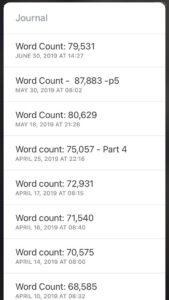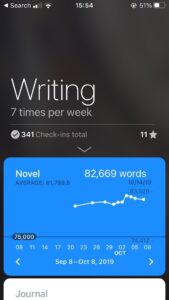Fiction Without Distractions: Fictional Dream – Part 2
Write fiction without distractions. One of the most important skills to master is how to tell a compelling story. When a story is well-written it’s impossible for the reader to think of anything except the next word, followed by the next sentence and then the next page. To do this well the author must learn how to create a fictional dream.
“One of the chief mistakes a writer can make is to allow or force the reader’s mind to be distracted…from the fictional dream.” – John Gardner
How to Create Fiction Without Distractions
Sticking with the 5W’s, we started in Part 1, let’s explore the when’s and the why’s of how to create the fictional dream. What maintains the dream? That’s the question to answer. The simple truth is staying in the dream means there are no distractions.
A distraction is any aspect of writing that pulls the reader out of your story. Strive to avoid them. Before we talk about how to do it, let’s look at the two types of distractions. First, you might have an authorial intrusion, intentionally created by the author. The other type of distraction is unintentional. It’s the worst type because it breaks the dream in a way that might anger your reader. Let’s take a closer look at both types to learn how to create fiction without distractions.
Authorial Intrusion
 An authorial intrusion happens when the author speaks directly to the reader. When an author speaks to the reader, they become a part of the story. When done well, it’s seamless and doesn’t really break the dream because the dream includes the relationship between the author and the reader.
An authorial intrusion happens when the author speaks directly to the reader. When an author speaks to the reader, they become a part of the story. When done well, it’s seamless and doesn’t really break the dream because the dream includes the relationship between the author and the reader.
Fortunately, today it’s very unlikely that a writer will interrupt the reader in this way. Although, I’m not a fan of author intrusion, there are some cases where it works. For examples, you might read:
- Jane Eyre by Charlotte Brontë – 1847
- A Christmas Carol by Charles Dickens – 1843
- Breakfast of Champions by Kurt Vonnegut – 1973
- Scarlet Letter by Nathaniel Hawthorne – 1850
Notice, except for Kurt Vonnegut, these examples come from the late 19th century when authorial intrusion was a common tool used by many authors.
Example Authorial Intrusions
In Breakfast of Champions, Kurt Vonnegut seems to have a causal conversation with the reader.
As has already been said: Dwayne was a Pontiac dealer who was going insane.
Dwayne’s incipient insanity was mainly a matter of chemicals, of course. Dwayne Hoover’s body was manufacturing certain chemicals which unbalanced his mind.
Vonnegut writes as if the reader is sitting in the room with him. A more typical type of authorial intrusion is where the author refers to the reader. In books like Jane Eyre, the author might address the reader directly with statements like, Gentle reader, Dear reader or just Reader.
Gentle reader, may you never feel what I then felt! May your eyes never shed such stormy, scalding, heart-wrung tears as poured from mine.
Let’s take for example this excerpt from A Christmas Carol by Charles Dickens:
Scrooge, starting up into a half-recumbent attitude, found himself face to face with the unearthly visitor who drew them: as close to it as I am now to you, and I am standing in the spirit at your elbow.
Whose elbow is he talking about? Well, yours, the reader’s. This is one way an author can show up in the story. In this case, there isn’t a direct reference to the reader but it’s clear the author has included himself and the reader in the act of telling the story.
Unintentional Intrusion Prevents Fiction Without Distractions
 These days, more often than not, intrusions are unintentional. Without wanting to, the author breaks the reader out of the story. This is worst than authorial intrusion because the writer doesn’t realize their mistake. In a way, they break the trance that story telling seeks to create and possibly cause discomfort to the reader.
These days, more often than not, intrusions are unintentional. Without wanting to, the author breaks the reader out of the story. This is worst than authorial intrusion because the writer doesn’t realize their mistake. In a way, they break the trance that story telling seeks to create and possibly cause discomfort to the reader.
Sometimes, distractions happen in first person POV when the writer shifts POV by popping into the head of another character. At other times, the problem occurs when the author billows down on the reader as if they speak as a god in the heavens.
Avoids Intrusions: Create A Fictional Dream Without Distractions
Example: First Person POV intrusion
I went for a long walk but felt chilly as I traveled down the sunny street. The days were growing longer. Summer would bring a needed break from school. I didn’t really care. Time was the enemy and I willingly marched towards my death.
“Good morning Jane,” I said pulling my coat tighter around my neck.
Jane eyed Frank, knowing he marched toward his own death, she didn’t want to upset him.
Intrusion Explained:
-
-
- The first person POV is Frank’s not Jane’s.
- How does Jane know what Frank thought as he walked along the street?
-
Example Narrative intrusion
I went for a long walk but felt chilly as I traveled down the sunny street. The days were growing longer. Summer would bring a needed break from school. I didn’t really care. Time was the enemy and I willingly marched towards my death.
Everyone should know there is nothing wrong with facing death. Only the bravest people can move closer to the end with dignity. I turned around and walked back to the house.
Intrusion Explained:
-
-
- Who is saying, “Everyone should know…?
- The statement doesn’t fit. The reader has to consider what the author means here.
- Plus, it’s preachy. Why should everyone know? Is it a known fact, only the bravest people can move closer to the end with dignity?
-
What Does it Mean?
Problems like these are jarring. They upset the reader, and sometimes prevent the reader from finishing the book. Note how the above intrusions put questions in the reader’s mind. Questions that have nothing to do with the dream. Mistakes like these are costly. That’s why it’s best to never break the reader from the dream because when you do, you give the reader reason to stop thinking about the story.
Study these examples of intrusion to ensure you create a fictional dream without distractions every time you tell a story.


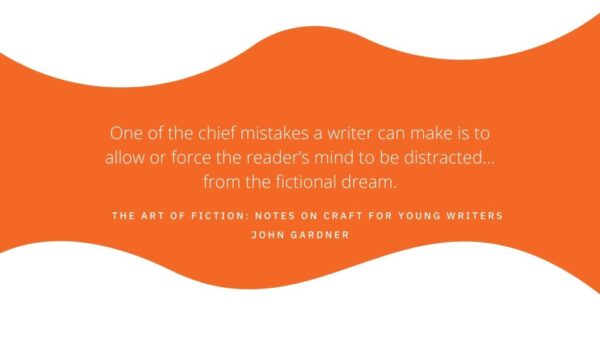

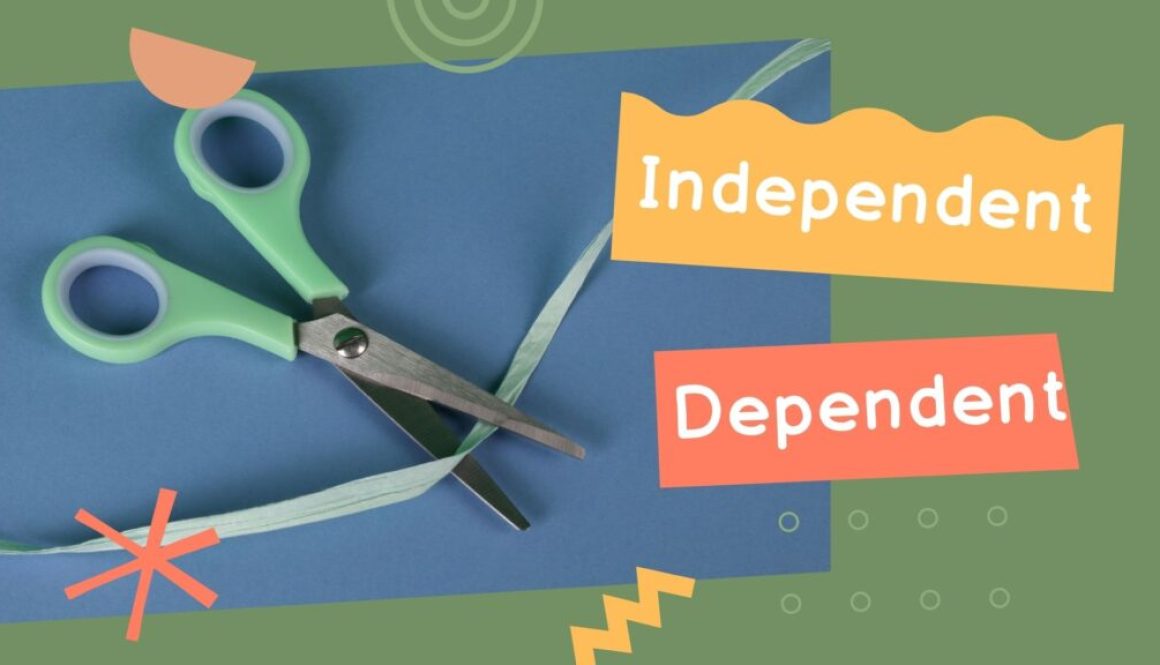










 This seems easy but for some, it’s not an easy thing to do. If you have children, or roommates, carving out a space might be difficult. Some of the best rules for writing are:
This seems easy but for some, it’s not an easy thing to do. If you have children, or roommates, carving out a space might be difficult. Some of the best rules for writing are: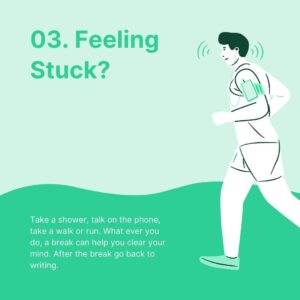 This one seems like a no brainer but it’s one of the most difficult things to do. Shut it down and walk away. Sometimes, that’s all it takes to make a breakthrough. Sometimes, when I struggle to figure out what my protagonist should do in response to a problem, I take a walk. One time, I went to the gym. On the way home, I heard a radio program that gave me a breakthrough. Always remember you can just walk away.
This one seems like a no brainer but it’s one of the most difficult things to do. Shut it down and walk away. Sometimes, that’s all it takes to make a breakthrough. Sometimes, when I struggle to figure out what my protagonist should do in response to a problem, I take a walk. One time, I went to the gym. On the way home, I heard a radio program that gave me a breakthrough. Always remember you can just walk away. Use a timing tool to help make writing a habit. One of the best timing methods is Pomodoro. You can find
Use a timing tool to help make writing a habit. One of the best timing methods is Pomodoro. You can find 

